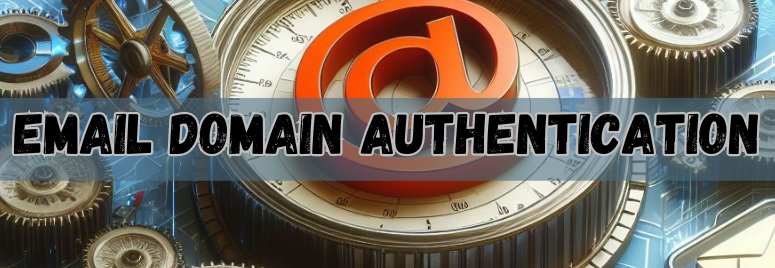Why Email Authentication is Crucial
Authentication plays a vital role in ensuring the successful delivery of your emails through Mailchimp, functioning akin to a license plate. This process furnishes a traceable identifier that communicates to your recipient's internet service provider that you are a legitimate sender, significantly contributing to the successful placement of your emails in their inbox.
Understanding DKIM, SPF, and DMARC
DKIM (Domainkeys Identified Mail): DKIM is a sender identification tool that safeguards against spam, forgery, and phishing by adding an encrypted digital signature to email headers.
SPF (Sender Policy Framework): SPF helps detect forgery by scrutinizing the listed return-path address, reducing the likelihood of phishing attempts.
DMARC (Domain-based Message Authentication, Reporting & Conformance): DMARC utilizes SPF and DKIM to authenticate emails, providing instructions to receiving servers on how to handle messages from your domain.
Custom Domain Authentication
For those using a custom email domain, implementing DKIM authentication is essential. This allows Mailchimp to display your domain's information in the email header, improving delivery rates and enhancing the professional appearance of your emails.
Steps for Custom Domain Authentication
To set up custom domain authentication, follow these steps:
- Verify your domain.
- Edit the CNAME and DMARC records in your domain's DNS settings.
Benefits of Custom Domain Authentication
Authenticating your domain offers three significant benefits:
- Removal of Default Mailchimp Authentication Information: Eliminates "via
"youremail@domain.com" or "on behalf of "youremail@domain.com" from the sender details, enhancing professional presentation. - Improved Inbox Placement: Enhances the likelihood of your emails landing in recipients' inboxes rather than spam or junk folders.
- Alignment with DMARC: Aligns your domain with DMARC and enables the use of Brand Indicators for Message Identification (BIMI) to display your logo prominently.
Determining the Need for Custom Domain Authentication
Before proceeding with custom authentication, consider the following questions:
- Is your Mailchimp "From" email address associated with your email domain?
- Can you or your IT team access your domain's cPanel or Zone editor?
- Do your delivered emails currently display "on behalf of "youremail@domain.com"
If you answered affirmatively to these questions, custom authentication is recommended.
Next Steps for Custom Domain Authentication
To initiate custom domain authentication, begin by verifying your domain and subsequently edit the required CNAME and DMARC records in your domain's DNS settings. If needed, seek assistance from your website manager or domain registrar.
See the next page for how easy this next step is.








